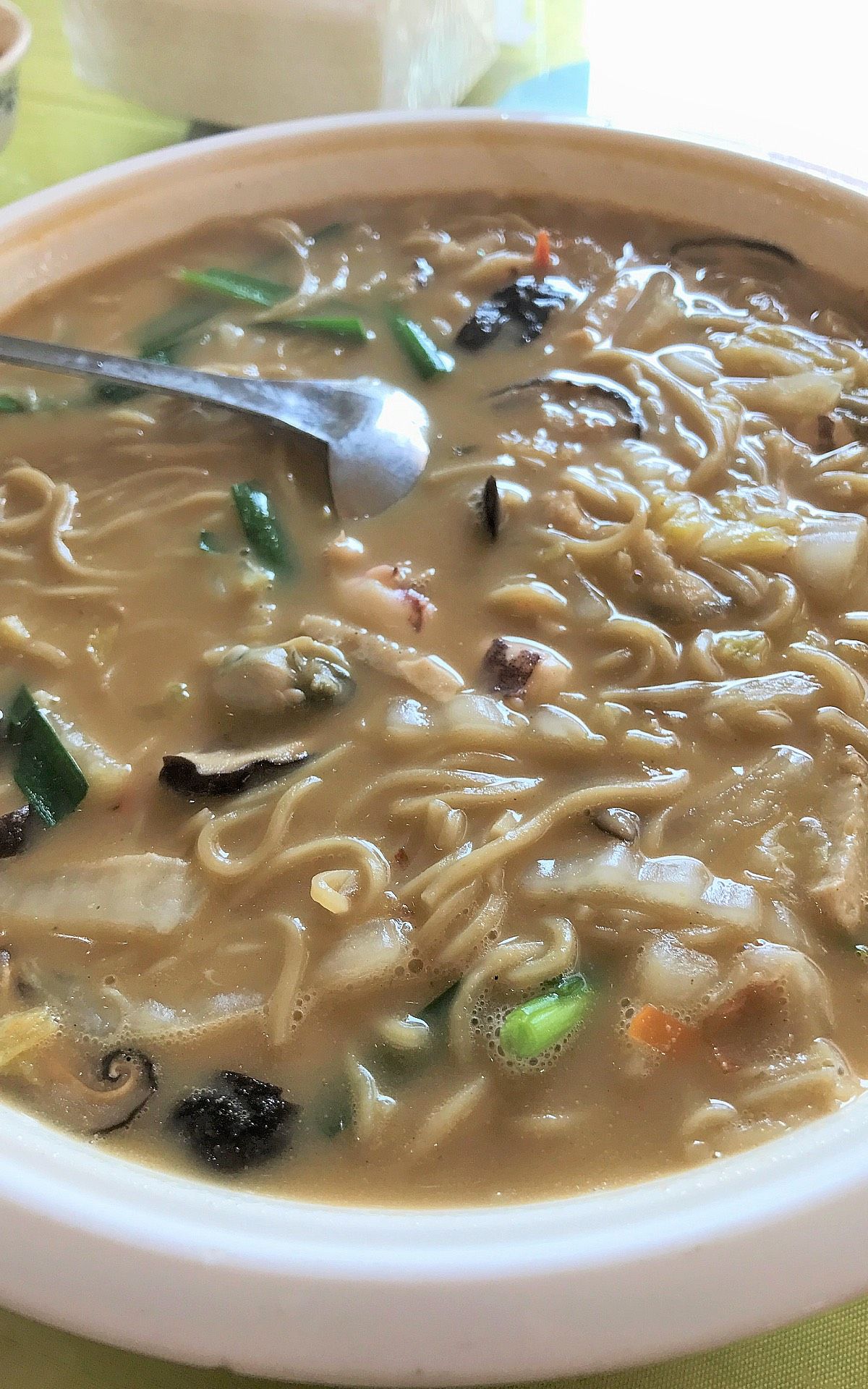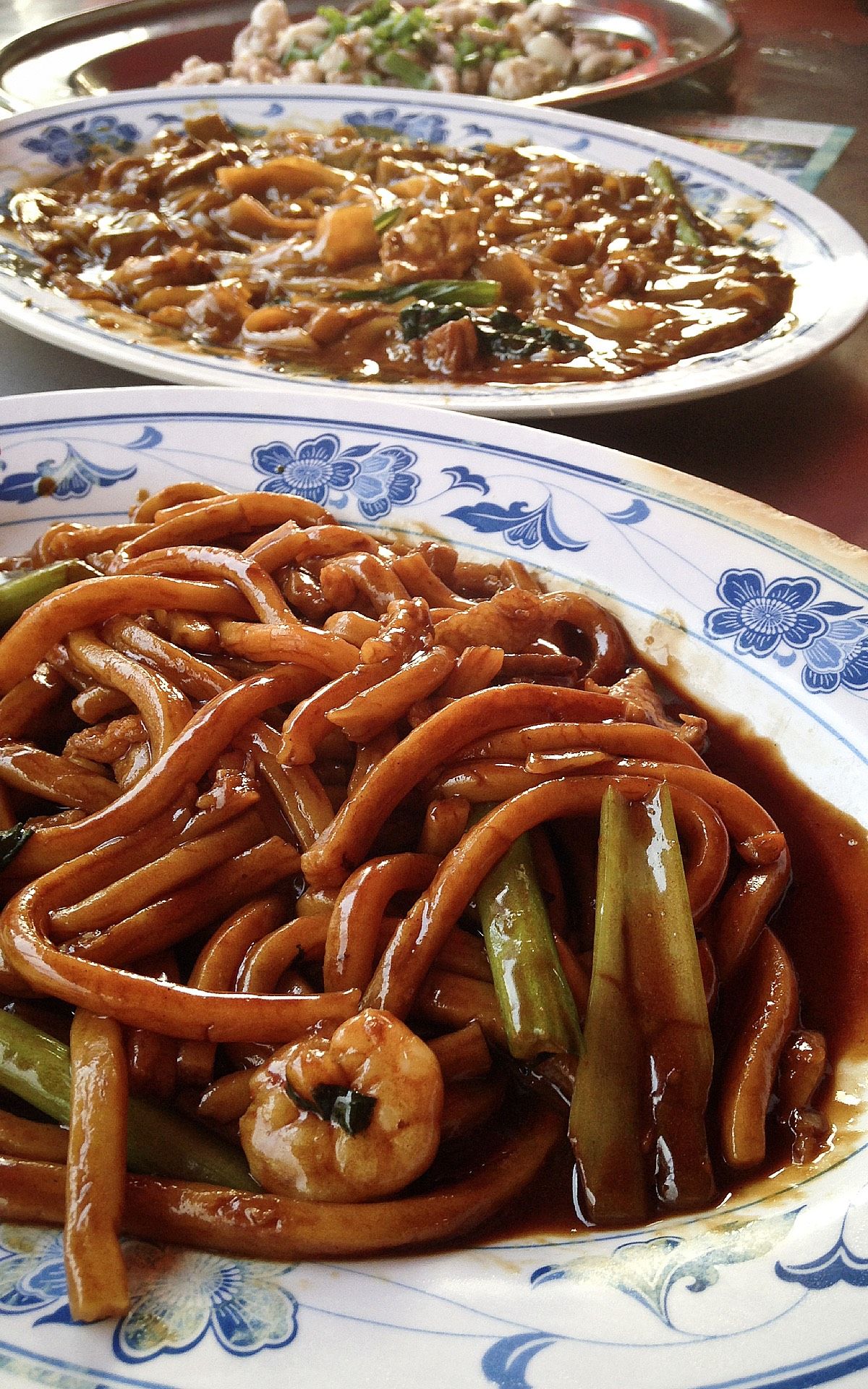Food anthropologist Lee Han Ying's research on Hokkien mee or orr mee took her all the way to Fujian, China
If you read our previous piece on bak kut teh's backstory, it stands to reason that an interest in food history has brought you here. Part two of our tête-à-tête with researcher Lee Yan Ying covers Hokkien mee's history in a nutshell. Juggling her full-time job with her part-time research, Lee conducted her field work over four long years, and consumed countless more calories in the name of work. "While in Fujian, I was basically stuffed every day," she laughs.
Here are some fun facts about KL Hokkien mee (not to be confused with Penang or Singapore's respective versions):
1. An indisputable Hokkien dish

Mere mention of Hokkien mee conjures a different image in Kuala Lumpur, Penang and Singapore, but Lee's research fully revolves around KL Hokkien mee, which is typified by thick strands of noodles swimming in a dark sauce.
Born and bred in Klang, the researcher was able to connect Hokkien mee with quintessential characteristics of Fujian cuisine. "First of all, the usage of noodles alone speaks for Fujian cuisine—they love to eat noodles in Fujian," she says. "And then there's the fact that dark soy sauce, a product of China, is one of the dish's main ingredients. Thirdly, take a look at the cooking method: moist stir-frying is a very Hokkien method. The cook starts with a lot of liquid, which is slowly reduced."
See also: 6 Restaurants Serving Cold Capellini Or Noodles In The Klang Valley


